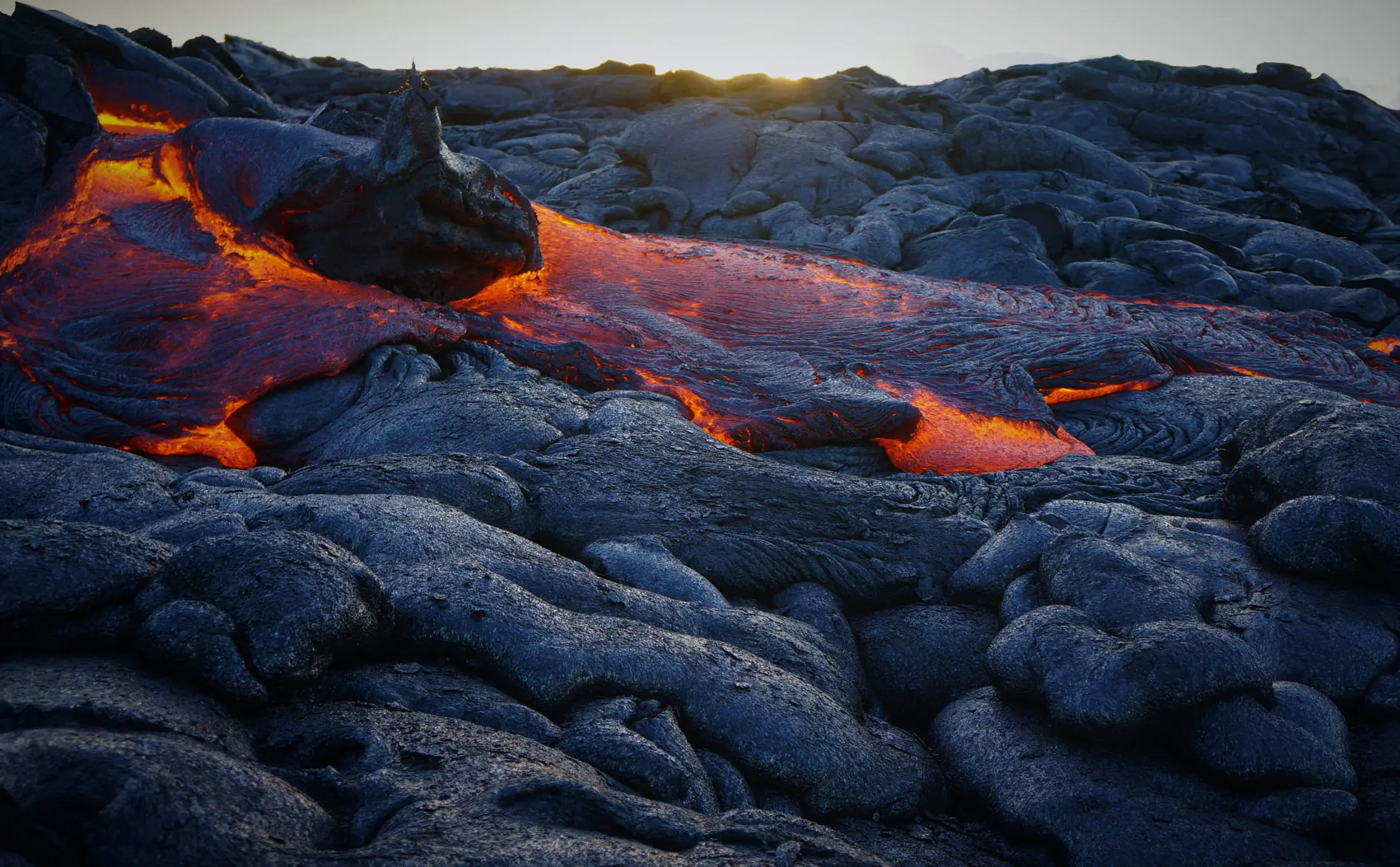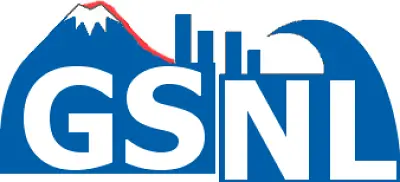The Challenge
The current state of information on seismic and volcanic phenomena and the delayed uptake of scientific results from decision-makers increases the consequences of eruptions and earthquakes, largely in developing countries. This incomplete knowledge is a result of lack of Earth observations, local capacities, technologies and resources, as well as difficult access to existing data and reusable scientific results.
The Solution
The Geohazard Supersites and Natural Laboratory initiative (GSNL) is a voluntary international partnership that uses an Open-Source approach to improve geophysical scientific research and geohazard assessment and promote rapid and effective uptake of the new scientific results for enhanced societal benefits in Disaster Risk Reduction (DRR). The focus of the GSNL initiative are areas that have scientific problems and high-risk levels:
- Supersites: are single sites or extended areas of high priority to the geohazard community, in which single or multiple geological hazards pose a threat to human population and/or critical facilities.
- Natural Laboratories: are geographic regions in one or several countries characterized by relevant geohazards and a coherent tectonic setting.



